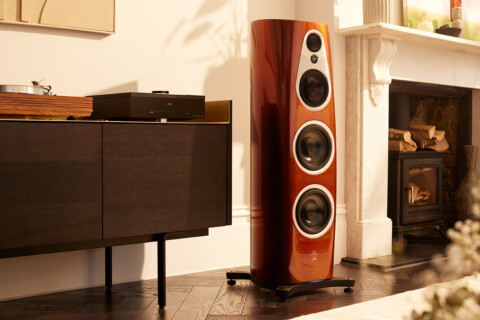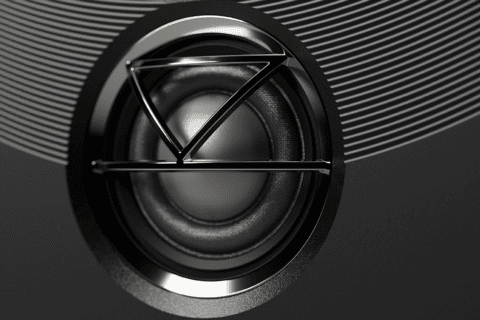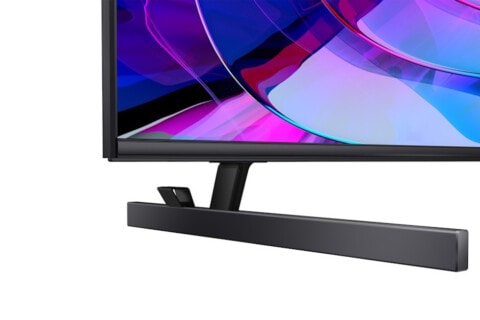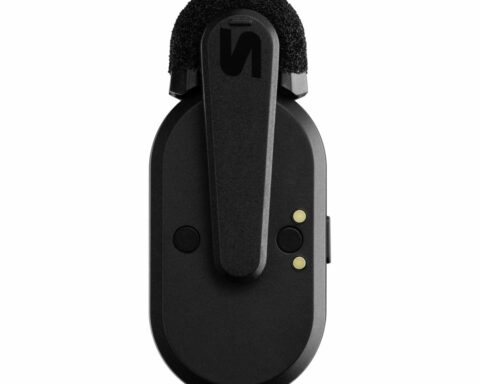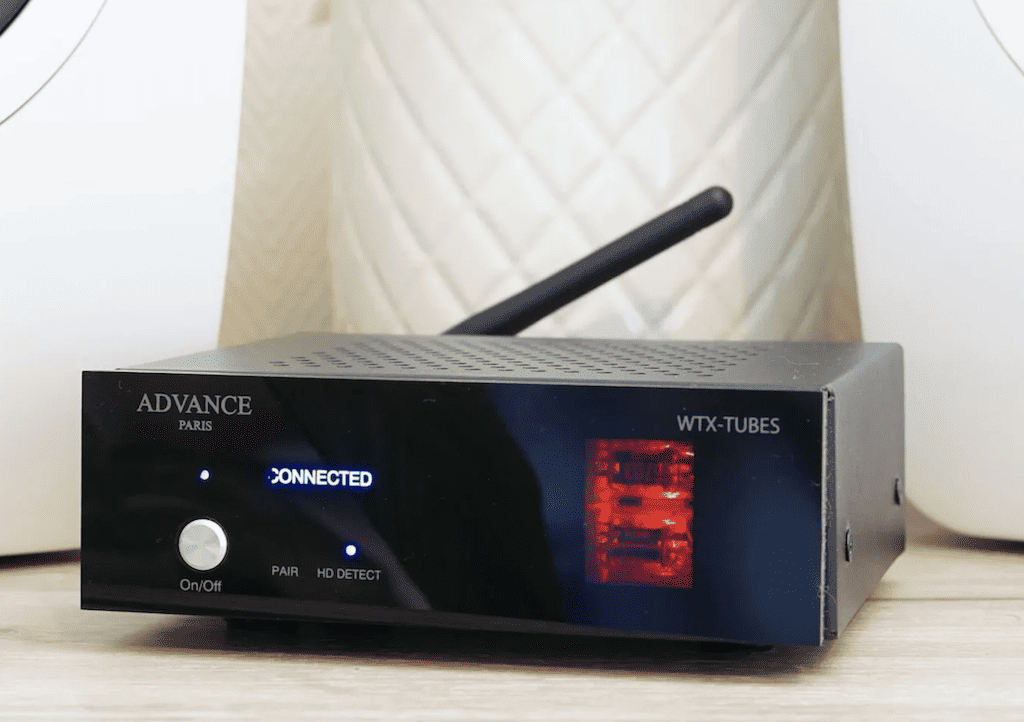ASHLEY KRAMER arrives back from a long overseas sabbatical, does time in isolation and checks out some homegrown hi-fi.
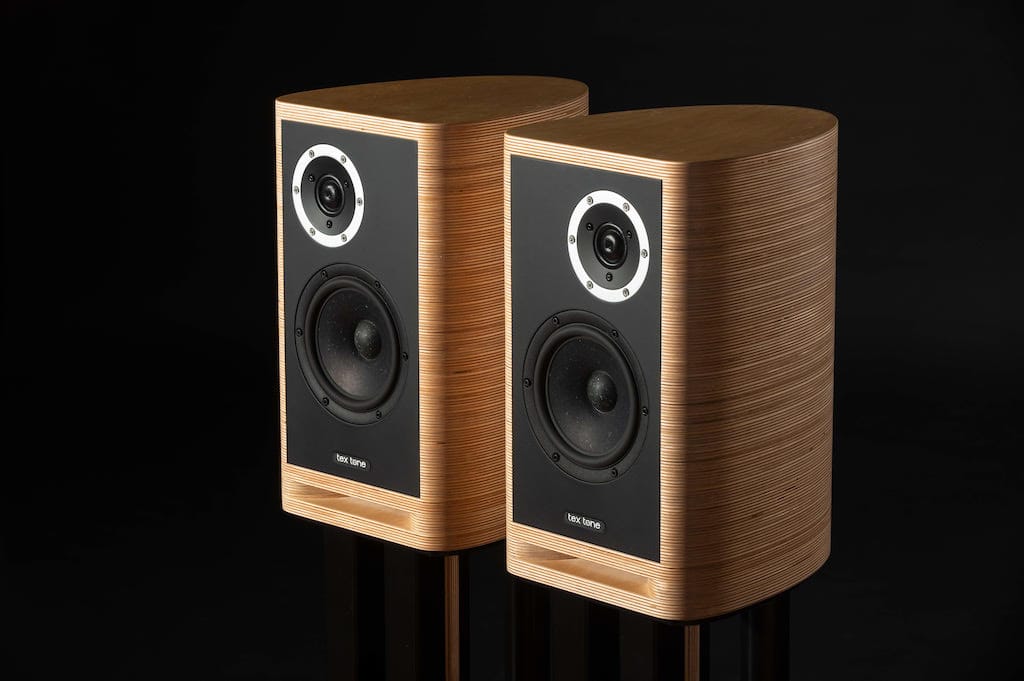
Would you like to support our mission to bring intelligence, insight and great writing to entertainment journalism? Help to pay for the coffee that keeps our brains working and fingers typing just for you. Witchdoctor, entertainment for grownups. Your one-off (or monthly) $5 or $10 donation will support Witchdoctor.co.nz. and help us keep producing quality content.
It’s really easy to donate, just click the ‘Become a supporter’ button below.
The glory days of New Zealand Hi-Fi aren’t that distant, at least the version of those days that I remember. In 2006, I started working at Tone Magazine, which at that stage, was under the stalwart and coffee-powered leadership of Witchdoctor Editor Gary Steel.
Over the next four years, the magazine team tried hard to feature as much NZ-made audio gear as possible, and we certainly had some great brands available to us. From Plinius to Perreaux, Slinkylinks to Antipodes Audio, and Theophany to Image, among others, there was world-class gear aplenty to enjoy.
Sadly, Tone’s long gone, and I’ve been living away from NZ since 2014. Except for checking out updates on this site, I’ve been out of touch with who’s still making what. For all I knew, the best days of NZ hi-fi were as dead as the halcyon days of care-free international travel. But I’ve been working on a plan to find out what’s been happening in Aotearoa’s audio scene.
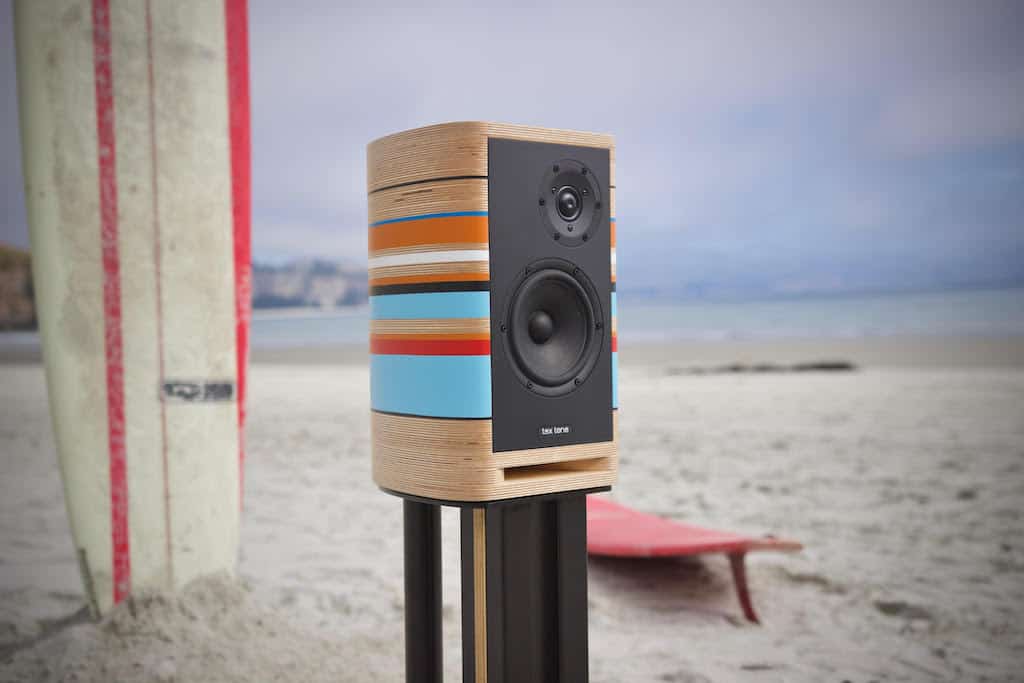
The first step was a well-timed email from Editor Steel asking if I wanted to catch up for lunch at a local Indian restaurant. Of course, the answer was yes. He also asked if I’d like to listen to a set of Tex Houston’s Tex Tone speakers (the answer was an even more emphatic yes!). Believe me when I say that not one set of ears in the whole North Island was more excited than mine at this news. I love the idea that some guy in Dunedin was not only crazy enough to start making speakers, but that from what the grapevine was telling me, they sounded outstanding.
Tex had the speakers set up at his friend Nick’s place in the Auckland suburbs, complete with the matching stands. Once Gary and I had done the introductions and downed the obligatory cup of sense-enhancing coffee, I took a closer look at the speakers. My first impressions were more than positive because, to put it mildly, they look great.
The most common approach to making speakers is to glue some flat sheets of wood together to create a box. This is especially true for small-scale operations, like the aforementioned bloke from Dunedin, for example. However, the Tex Tones are a long, long way removed from this method. Tex has taken the hard road with no less than 24 individual layers of 18 ply Baltic Birch, CNC routed to shape and then stacked and hand-assembled until they become part of a carefully designed, braced, and dampened 9kg enclosure. Ignoring the potential sonic benefits of this approach, they’re visual treats. I’m assured that any resemblance to the now discontinued Magico Mini speakers is purely coincidental. Check out this interview with Tex for more information and insights about his creations.
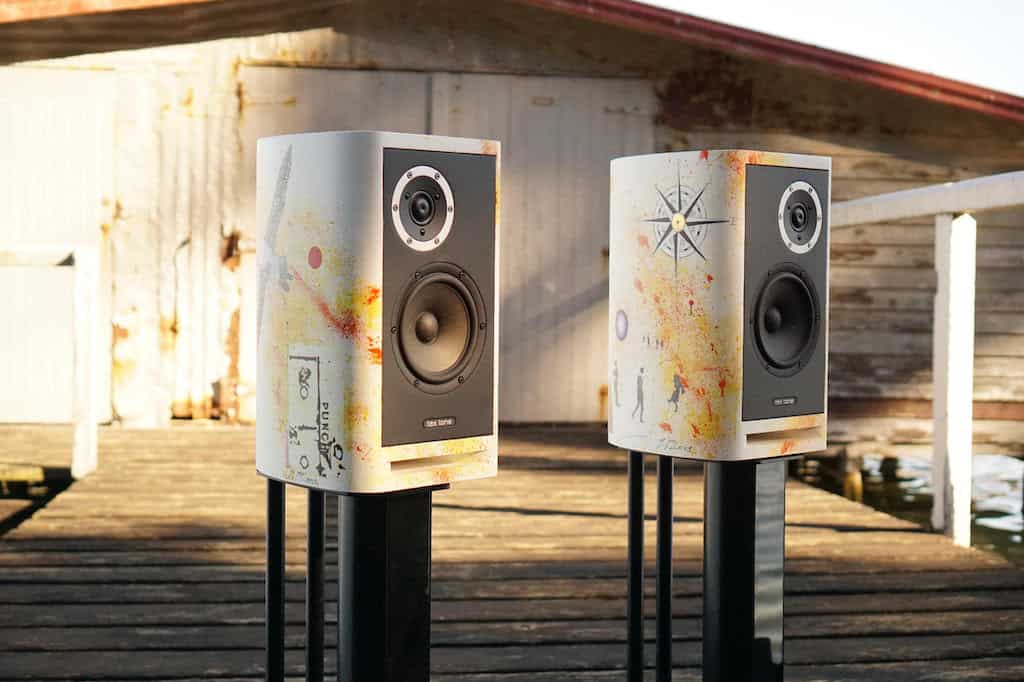
It’s hard to know what to take in and admire first. The curved surfaces contrast beautifully with the various straight lines – the plywood, the horizontal front port, and the front baffle edges. There’s also an attractive contrast between the dark black baffle and drivers and the tweeter’s silver surround. It’s hard to resist running fingers down the side of the cabinet to get the feel of that surface. Piano finished lacquer and wood veneers might look good, but there’s something special about warm and tactile laminated wood. The optional matching stands add a strong sense of cohesion, combining wood accents with a painted finish.
When it comes to hi-fi gear, the function should always trump form, but it’s nice to have both. With the form box firmly ticked, it was time to get down to the equation’s function side. Bear in mind that this is a brief overview, not an in-depth review. Once my hi-fi system lives again, I’ll try to get a set of Tex Tones in for a more extended session.
Given that Tex is a one-person travelling speaker roadshow, it follows that the components he had with him were compact – after all, it wouldn’t make sense to schlep a 50kg Class A integrated amp on the road. So, one of Bel Canto’s S300i integrated amps was doing the bulk of the electrical work, with a tiny Topping D10 USB DAC as a source, hooked into a MacBook streaming high-resolution tracks from Tidal.
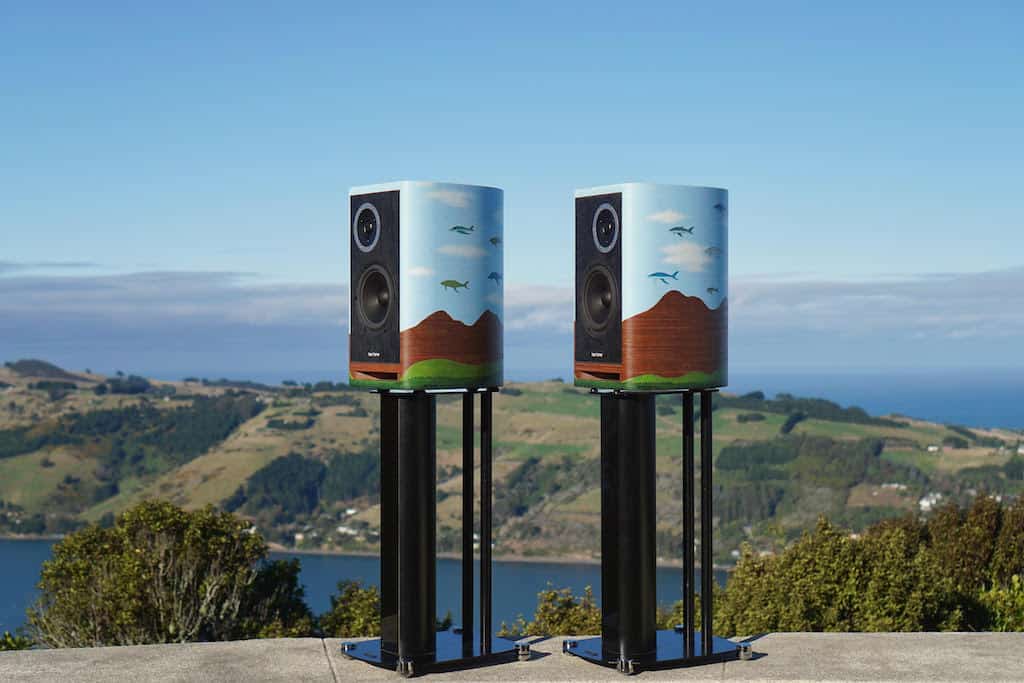
The Tex Tones aren’t mini-monitors by any means, but at 432 high x 264 wide x 320 deep (mm), they are still relatively small speakers with a moderately-sized 6.5” mid/woofer. My expectations were for bass levels in keeping with their form factor, but I was pleasantly surprised by just how deep they went. No, I’m not breaking out any of the hoary old “Where’s the subwoofer?” cliches, but there was enough well-controlled low-frequency output to make me think these speakers would have no problem with most genres of music bar the most bass-intense. They run at least 10Hz lower than I thought they would, and bass performance was enhanced by placing the speakers close to the back wall. This is another positive because the front-mounted reflex port means there’s leeway to make the most of any available wall or corner low-frequency reinforcement.
So, the strong bass was the first thing I noticed. The second was that the Tex Tones’ character leans more towards professional studio monitors than mellow and laid-back hi-fi speakers. Note that I said “leans.” These aren’t forensic tools that allow an engineer to hear every molecule contained on a master, but Tex is a highly experienced music industry professional. So it makes sense that he’d design speakers that don’t editorialize the music they’re playing. As he says on his website, “They allow you to really get ‘inside’ a song and can provide some real emotional moments.”
He’s correct. There’s clarity aplenty on offer here, the kind you expect from speakers at the $6,500 price point. High-quality drivers and a simple crossover constructed using top-notch components is likely a big part of that sound, but the solidly-built cabinet would be playing a huge role as well.
I’ve had a similar Bel Canto model in for a long-term review, so I know it was contributing to the studio monitor “vibe” to a small degree. Still, despite being a Class D amplifier, the Bel Canto isn’t a shrill example of the breed, so I’d say that most of what I was hearing was down to the voicing of the speakers. Chatting to Tex on the day, it seems we agree that a hi-fi speaker should allow the recording to shine in all its glory, while perhaps not allowing all the warts to make their way out. Harsh recordings should sound harsh, a bright top end should be bright, but ideally, the speakers should get out of the way and allow the listener to appreciate what they’re hearing without sounding like they’re stripping paint off the walls.
“Birds” from Icelandic singer Emilíana Torrini’s Me and Armini album has been one of my reference recordings since 2008, and for a good reason. It’s a lovely and enjoyable song for starters, but it’s also nicely recorded and mastered, which makes my job easier. From the clarity of the vocal to the bird sounds and low rumbling in the background, there’s a lot to pay attention to. This is especially true from the three-minute mark onwards when the song becomes much denser with more instruments coming in.
The next 90 seconds of the track shouldn’t necessarily be relaxing, although it can be on some systems. I’d prefer it to sound a little challenging, which is how it actually sounds. Listening to this song on my Fiio Q1 Mk2 headphone amp/DAC and a few of my in-ear monitors later that day brought this home to me in no uncertain terms – sometimes, this part of the song was almost wince-inducing.
Through the Tex Tone/Bel Canto/Topping combination, there was no doubt we were hearing close to what the audio engineer intended without the sound being over the top explicit. Most importantly, I felt that I needed to hear more from this system, and I generally wanted more volume, not less, which is one of the acid tests of any hi-fi experience. If you’re reaching for the volume control or habitually finding other things to do instead of listening to music, then the system isn’t quite right for you. If this is the case, it’s time to introduce some tone controls, aka different components.
My first NZ hi-fi session in a while turned out to be more than just pleasant. It was delightful but too short, and I’m looking forward to a lot more of the same. The abiding impression I have of the Tex Tones is that I’d like to have a whole lot more time to listen with some serious amplification and a higher-end source in front of them. Frankly, I’m not sure if these speakers will play nicely with my Viganoni and Viganoni amplifiers because the combination may well be a bit too lean, but I’m aiming to find out! Let’s see if the editorial team can make that happen.





